Egypt’s second largest mosque reopened Monday night after a six-year restoration.
Located at the end of Moezz Street near Bab el-Futuh, the mosque, named after the sixth Fatimid caliph Al-Hakim bi-Amr Allah (985-1021) covers an area of 14,000 square metres and is the second largest after the Ahmed ibn Tulun mosque.
Construction of the mosque was begun by Al-Hakim’s father, the Fatimid Caliph al-Aziz in 990, but he died before its completion. His son finished it in 1013.
Minister of Tourism and Antiquities Ahmed Essa, Minister of Religious Endowments Mohamed Mukhtar Gomaa, Secretary General of the Supreme Council of Antiquities (SCA) Mostafa Waziry, Cairo Governor Khaled Abdel-Aal and a representative of the Bohra community attended the opening ceremony.
The Bohra community funded restoration work, which cost LE85 million ($2,775,373) under the supervision of the SCA.
Issa expressed his appreciation for those who contributed to the mosque restoration, saying that this place of worship will be a great addition to the antiquities of Islamic Egypt in Historic Cairo – an area distinguished by its important tourism status.
Historic Cairo covers areas that were built from the Muslim conquest in the 7th century until the city’s modern expansion in the 19th century.
Gomaa said the Amr Ibn Al-Aas Mosque in Old Cairo, built in 641–642 will be opening soon.
He expects that Ramadan this year, which starts on March 22, will be very special due to the reopening of these important mosques where Muslims prefer to pray in during the holy fasting month.
Waziry said restoration began in February 2017 with periodic maintenance to protect the walls from moisture and salts.
The walls were also strengthened and cracks were repaired while inscriptions were cleared of dirt, Waziry said, adding that the building had been re-wired inside and out and the marble floors were thoroughly cleaned.
The mosque consists of a triangle with four arcades surrounding a courtyard. Two minarets flank either side of the facade.
In 1302, the mosque was affected by a strong earthquake and since then it has undergone repeated restoration and repair.
Part of the mosque’s qibla arcade was used as a museum of Islamic art known as the House of Arab Antiquities before the Museum of Islamic Art was built in 1903.
The mosque has two mihrabs (niches), of which one was originally in gypsum but was replaced in marble in the most recent restoration.
The second mihrab was added in the early 13th century by Egyptian political leader Omar Makram (1750-1822) who renewed some parts of the mosque and covered the qibla with marble, and added a minbar (pulpit).
Waziry said the Tourism and Antiquities Ministry is paying attention not only to ancient Egyptian antiquities and new discoveries, but also restoring mosques, churches and monasteries which will be reopened successively.
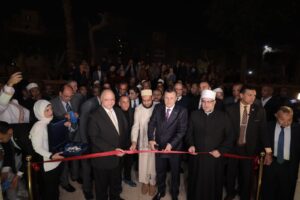
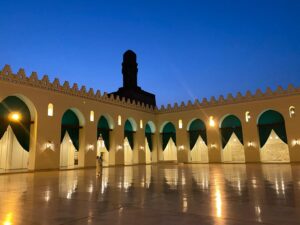
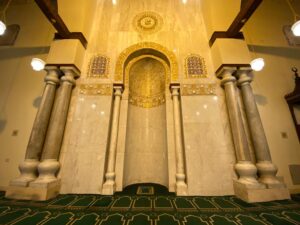
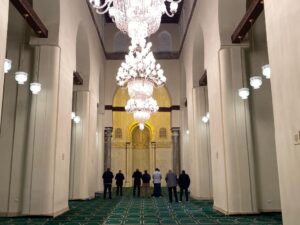
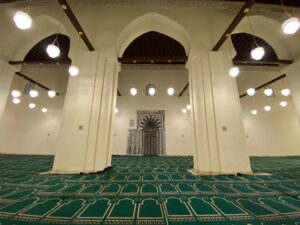



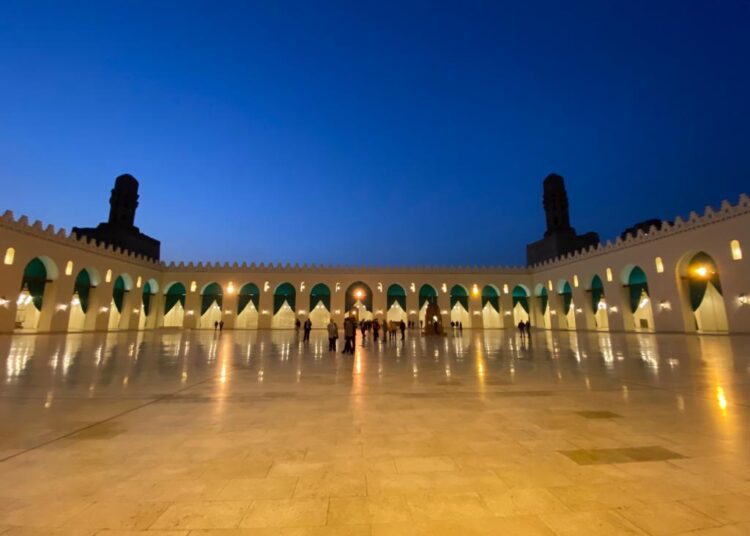


Discussion about this post